the civil governor of Faro Aires Garrido visited the entire district in 1866/67, thus implementing the Ordinance of August 1, 1866. The visit aimed to assess the needs of each municipality, as well as the rigor of administrative management in different entities and institutions.
The tour resulted in the preparation of a detailed Report, with specific information for each municipality, which was then presented to the government, which we have been dissecting here.
Far from a romantic or idyllic Algarve, the descriptions are sometimes shocking to the eyes of 150st century Algarveans. However, they show us the reality of another region over XNUMX years ago, where everything was different…or maybe not? Discovering the differences, but also the similarities, is the challenge we leave to the reader.
This week's trip takes place in the municipalities of Castro Marim and Faro.
About Castro Marim, wrote that administrative magistrate: «the council of which the former villa of this name is head, which today has 330 houses, lives with difficulty due to the lack of qualified people for public jobs and the means to pay the expenses that the its municipal autonomy. The chamber is made up of people for the most part very incompetent, it is enough to note that on the occasion of my visit it was not possible to bring it together, because one of the councilors did not want to abandon the watering of a vegetable garden in which he was occupied, another could not get rid of in time for the duties of his blacksmith's trade, etc., and it is for these two reasons that the council cannot claim to be well managed, nor will it be able to make any expenses necessary to obtain the improvements it is sorely lacking».
The disregard for Aires Garrido was total, but it also shows that the priorities of the Castro-Marinense councilors were first of a personal nature and then the collective, which they represented.
The governor, however, was not intimidated and qualified those aedis as incapable, stressing that the council lacks many "works that become essential there and that there is no hope of carrying out as long as things remain in the state they are in".
A change in the fate of the autarchy was seen as primordial, but not enough, as we will see. The difference between the city's own expenses and revenues was colossal.
After all, "there being no commerce or any industry other than agriculture there, the municipal expenses are paid for by a surcharge, through which the salaries of administrative and municipal employees are paid, and the material for the service, with no other surplus for improvements beyond of the allocation for third-order roads'. We lived in full Regeneration and road construction was considered a priority.
However, “the house of the town hall is very deficient, some streets need to be paved, the cemetery of the villa is located in the center of it and within the grounds of the castle, its area being that of a fallen church, lacking. if you remove it from there to a convenient location, the dog needs repairs, the classroom is bad, in short, the council's needs are many».
Needs to which Aires Garrido promised attention, without neglecting, as he had already done in other municipalities, which “little or no help” he expected to obtain from the inhabitants.
As for the cemeteries, in addition to stressing that the town needed a new one, he wrote "the two rural parishes also lack expenses, one to complete their construction works, and the other to repair their ruins."
Similarly, other works were necessary: «The houses of the respective primary schools are insufficient and inconvenient, and the churches, and more than all those in the town, are in need of work, while the confraternities and especially one that is there. more profitable in alms and oblates, everything is spent on feasts and suffrages without being cured of anything else».
It should be remembered that Aires Garrido was scandalized by the priorities of the brotherhood of Nossa Senhora dos Mártires, as we have already recalled here, having even fired the table.
The Chamber's budgets were approved until 1852-1853, waiting for the remaining years to be ratified by the civil government. Also those of the «parochias are approved until 1865, those of Castro Marim and Azinhal, and until 1863 that of Odeleite».
The governor also made a final proposal, or rather, a statement: «this municipality is so close to Villa Real de Santo Antonio, that the head villas of one and the other are only half a league apart, for and because, separated, not even one or the other can conveniently sustain their autonomy and meet the needs and burdens that it requires, it is convenient and it is recognized that it is necessary to bring them together in a single municipality, which in this way will be composed of close to 3 units , and he will be able, as is indispensable, to pay reasonable wages to his employees and to have the means for the material improvements that both need”.
He even recalled that «the parish of Odeleite is the furthest away from Villa Real, but nothing loses with that because the distance from Castro Marim is the same».
Joining the councils to strengthen them in the most diverse ways was his suggestion or rather his determination.
In the village, there was Misericórdia and a Commitment Maritime, with 316 members. In terms of begging, 194 people lived exclusively from begging, while 28 survived on public charity, that is, 3% of the municipality's population, at the time with 7 inhabitants (046 Census), was extremely poor.
Finally, regarding education, there were 3 male schools (one in each parish), regularly attended by 55 boys, out of a total of 517. There was no school for girls, despite the number of girls being 401. only about 6% of kids, aged between 6 and 14, attended an educational establishment.
In short, Castro Marim was a small town, poorly administered, with a very high deficit in the autarchy and without great ambition on the part of the politicians who commanded the county's destinies.
A similar situation occurred in other institutions, where entertainment was given priority over any other basic local needs, such as support for begging or teaching.
And in the district capital? Would be Faro an example in this bewildering journey we've been revisiting? Let's see what the governor wrote. «The chamber of Faro he lived for many years in complete indolence with regard to the material improvements which the council demanded and the more throbbing needs of the service in his charge; lately he woke up and began to pave the streets of the city, (…) finding that almost all the streets were already paved». Having overcome lethargy, the Farenses beautified the city with the cobblestone of its arteries, but they stuck around, «because being Faro a district and provincial capital, with reason it is noted that it has no illumination, that its so-called house of the chamber serves only for the sessions of the municipal body, not having the secretariat and archives in it; that public jails, in addition to being narrow and unhealthy for prisoners, are a source of infection for the city».
Needs that did not ennoble the capital city, but not the only ones: «that it does not have a public market; that it lacks a source, the inhabitants using water from uncovered wells and subject to receiving all the immundicies that the ignorance of some and the malice of others want to deposit in them”.
As if all this were not enough, there was "no house for a court of law nor for the accommodation of any other office than those to which the chamber is obliged to supply it."
But, dear reader, these were the main shortcomings, since, according to Aires Garrido, there were "many others to be satisfied that it would be long to enumerate".
In summary, Faro it was a land like any other, lacking infrastructure and investment. The governor recognized that the high expense of the autarchy did not allow successive councilors to carry out large works without disproportionately increasing taxes, a responsibility that no mayor wanted to take on.
The solution he proposed involved savings and at the same time credit, which the chamber did not refuse, outlining, as investment priorities, «starting with the construction of the jail and houses for accommodation in the public offices that it [chamber] is obliged to prompt, waiting that for this purpose he may be granted the building of the castle, which he has already asked for, and which he will ask for again, in order to reduce as much as possible the large expenses that this work requires».
Governor Aires Garrido endeavored to Faro it was not limited to just displaying the honorable title of capital, but that it was actually so, with all the infrastructure common to a main city.
The cemetery of the city was completed, "well situated, decent and has sufficient capacity for the annual number of deaths", but it was nevertheless a concern for the governor, since "there are two third orders here which have their own cemeteries, in which almost all the families of the city seek burial for their deceased».
Although one was tolerable, the other lacked "the necessary conditions to continue to serve the similar use". But that wasn't the biggest problem, because they were private spaces, and then with two inconveniences, “the proper inspection cannot be exercised in them, as in the public cemetery, and the council suffers a considerable loss in its income which have the right”. The latter was essential for the municipality to increase its revenues.
Not failing to recognize that, in order to limit burials in those spaces, it lacked the support of the population, "which would receive it very badly if it were only a matter of adopting it by force, since in addition to the entire population, almost belong to one of the said orders, it is in the respective cemeteries that their parents and relatives lie, and it is therefore there that they all wish to be taken, it is also because of the circumstance of being together with the churches and having many suffrages, in which they only believe they participate”. A problem whose solution was not easy. In rural parishes, necropolises were 'tolerable'.
As far as the administration is concerned, he wrote: "I found the writing very regular, and the notary offices and archives in good condition, especially in the secretariat of the town hall, where the service is done with method and order."
The budgets were approved, contrary to what happened in the parish councils, which were even an exception in the regional context.
In April 1867, wrote Aires Garrido: «until now, however, only the budgets of two parishes have not been present to me, and what is more remarkable, both in the district capital's municipality».
After all, the vowels never took office and although in September the governor forced them to do so, the death shortly after the parish priest had ruined everything. In short, as "the books, titles and other papers of the parochial archive have not yet appeared, the board has not made a budget for ignoring which assets and income it is responsible for administering" and thus management was postponed.
the mercy of Faro he administered the hospital, whose building was in 'very good condition', furnished with furniture as well as clothing, even for extraordinary cases of epidemics. Even so, the board was, by diligence of the governor, collecting debts over 20 and 30 years overdue.
There were mutual aid associations, with 128 "artist" and 30 "auxiliary" members, as well as a Maritime Commitment (with statutes of 1552 and in 1866 the fifth with the highest income in the regional context).
Begging, as in the whole of the Algarve, was also felt here: 509 individuals were asking on the public highway, of which 146 were under 14 years of age. There were still 615 people who survived on public charity, without begging. In all, 1 124 Farenses had no income to survive, that is, about 5% of the municipality's population, with 22 747 inhabitants (Census of 1864).
As for schooling, 4 male public schools and 2 private schools provided education to 191 and 117 students (19%), respectively, out of a total of 1 614 boys of school age.
As for girls' schools, only 1 public school, in which 36 girls (2%) studied, out of the existing 1 702.
Two parishes in the municipality did not have a school and the city's was "rented by the council, and it does not satisfy, but it will have to serve as long as the construction of the building is not carried out", which the municipality intended to carry out with the authorization it had made to the legacy of the Count Ferreira.
Even so, Faro It revealed two particularities in terms of education: the percentage of boys who attended classes was 19%, the highest figure so far in the municipalities covered, and the number of students enrolled coincided with the students who regularly attended classes. As a rule, attendance was very low.
The Farenses had fallen asleep in the shadow of the prestige provided by the choice of the city as the district capital, 30 years before, and as a result the city stagnated, lacking the main infrastructure, not showing itself in the regional context.
It is true that it could not be compared with the inertia of Castro Marim, where the council, considered to be mostly incompetent, did not even meet, worried that they were with their personal tasks, to the detriment of the collective interest, the governor stressing the "recognized need" of aggregation of that municipality with Vila Real.
But dear reader, if Faro, the district and provincial capital, was not an example, was there any municipality in the Algarve that stood out positively, in the opinion of Aires Garrido? Of course, as we will see in the next chapter...
(Go on)
Author Aurélio Nuno Cabrita is an environmental engineer and researcher of local and regional history, as well as a regular collaborator of the Sul Informação.
Note: In the transcripts, the spelling of the time was maintained. The images used are merely illustrative and correspond to illustrated postcards from the last decade of the XNUMXth century and/or early XNUMXth century.
Also read the first two parts of this article:
The Algarve in 1867 or a devastating portrait of the Algarve and the region – I
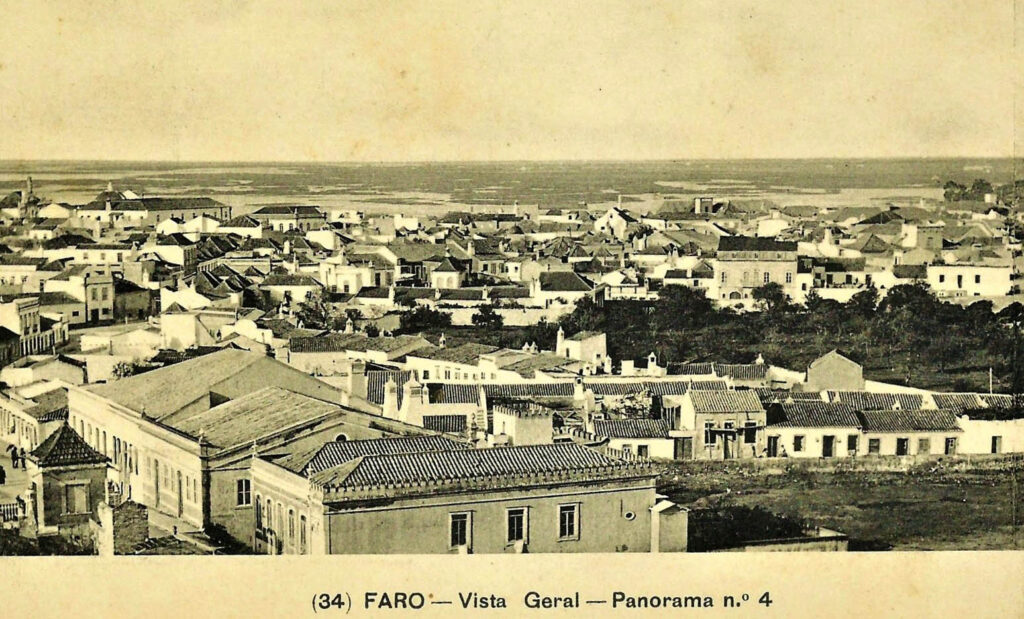
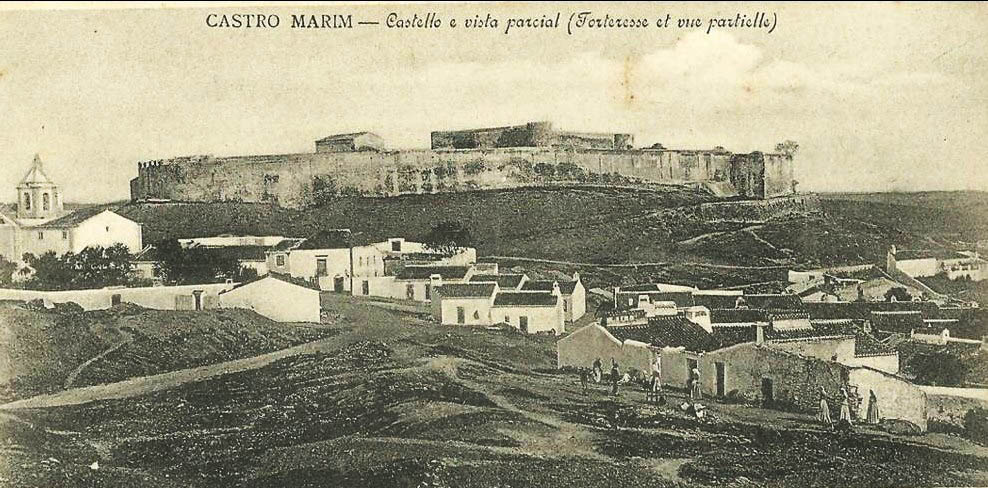
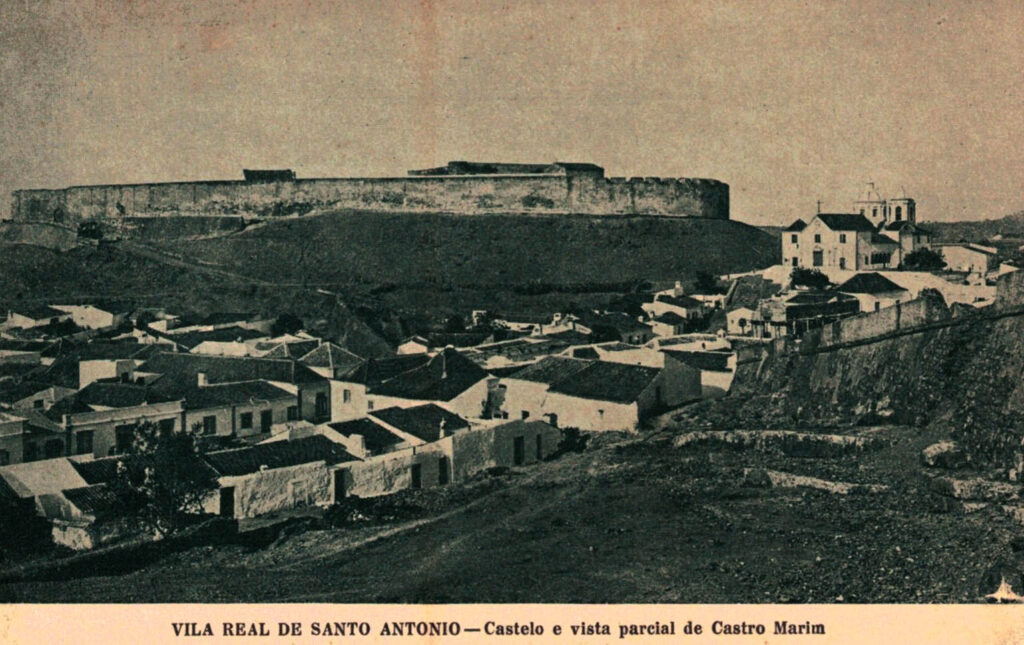
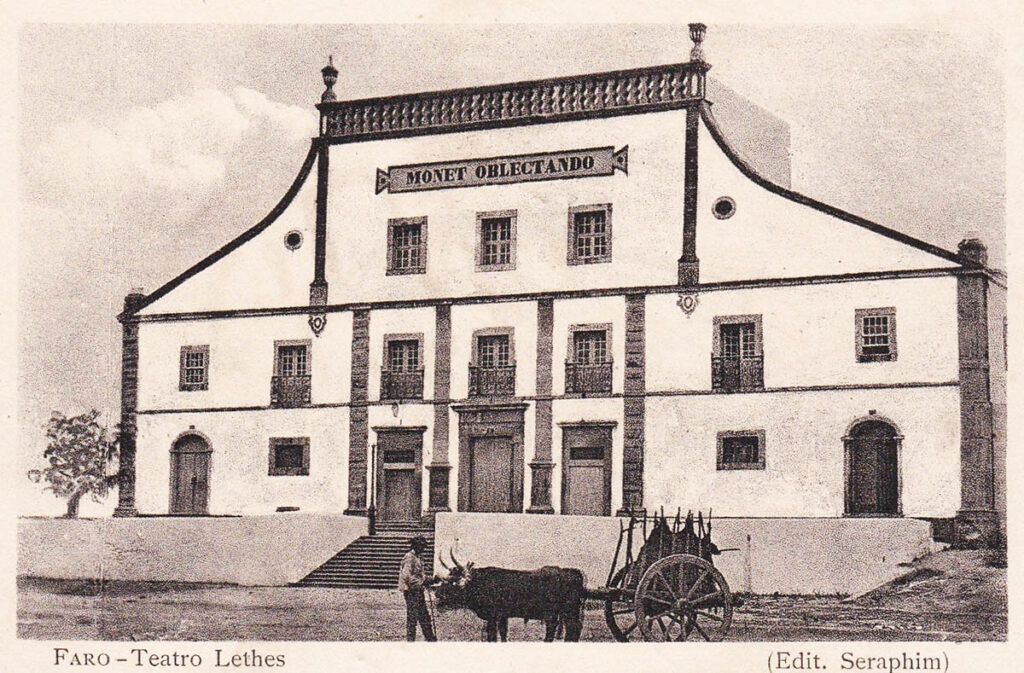
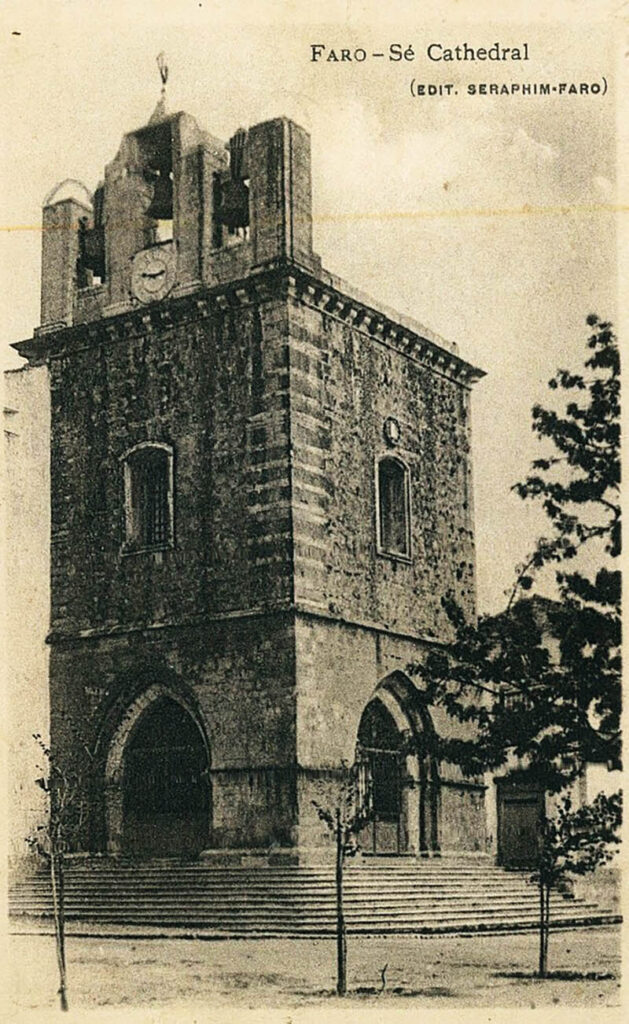



















Comments